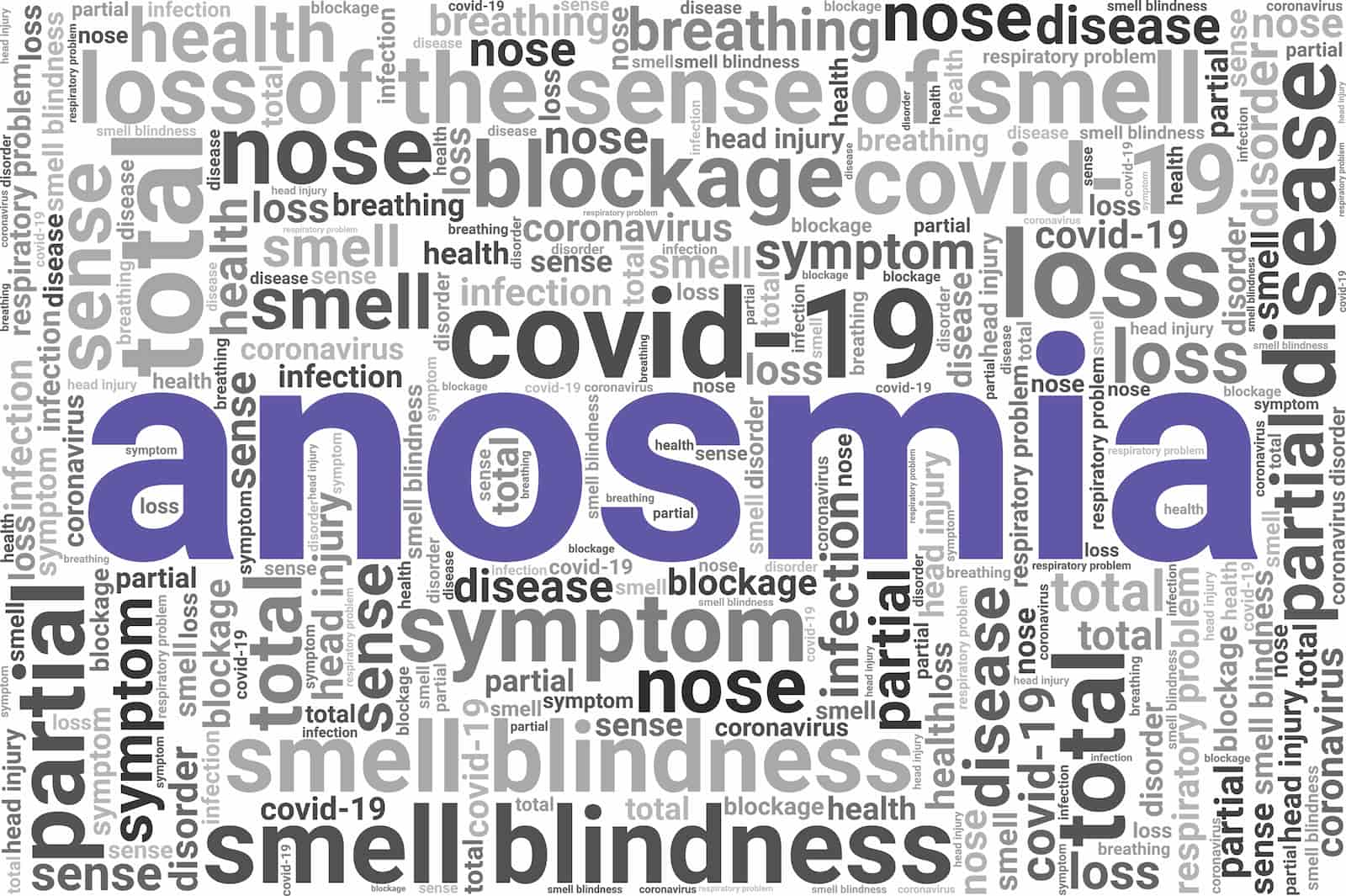Echolocation is the process in which mainly animals will make a sound and based on how that sound reflects off of objects in the vicinity they will know what is around them and how far it is away from them. Animals use this process to hunt prey when they can not see. Most commonly known to be used by bats, they hunt at night by using echolocation. They use this in the most impressive way in my opinion, they not only get an understanding of every object in their way, they can also locate whichever animal they are hunting. Different animals have different uses for echolocation, but its main use is for hunting prey.
Echolocation can be learned by humans and blind people often learn this skill, but it is not as effective as it is for certain animals. We have a specific part of our brain that processes echoes which makes this possible. Unlike for animals when humans use echolocation the circumstances need to be right. For blind people to effectively use echolocation they need their surroundings to be quiet and it also helps if what they are trying to locate is not moving. Submarines will use echolocation when moving underwater while it is dark and they do this with repetitive beeps to get an understanding of how far an object is ahead of them.
















